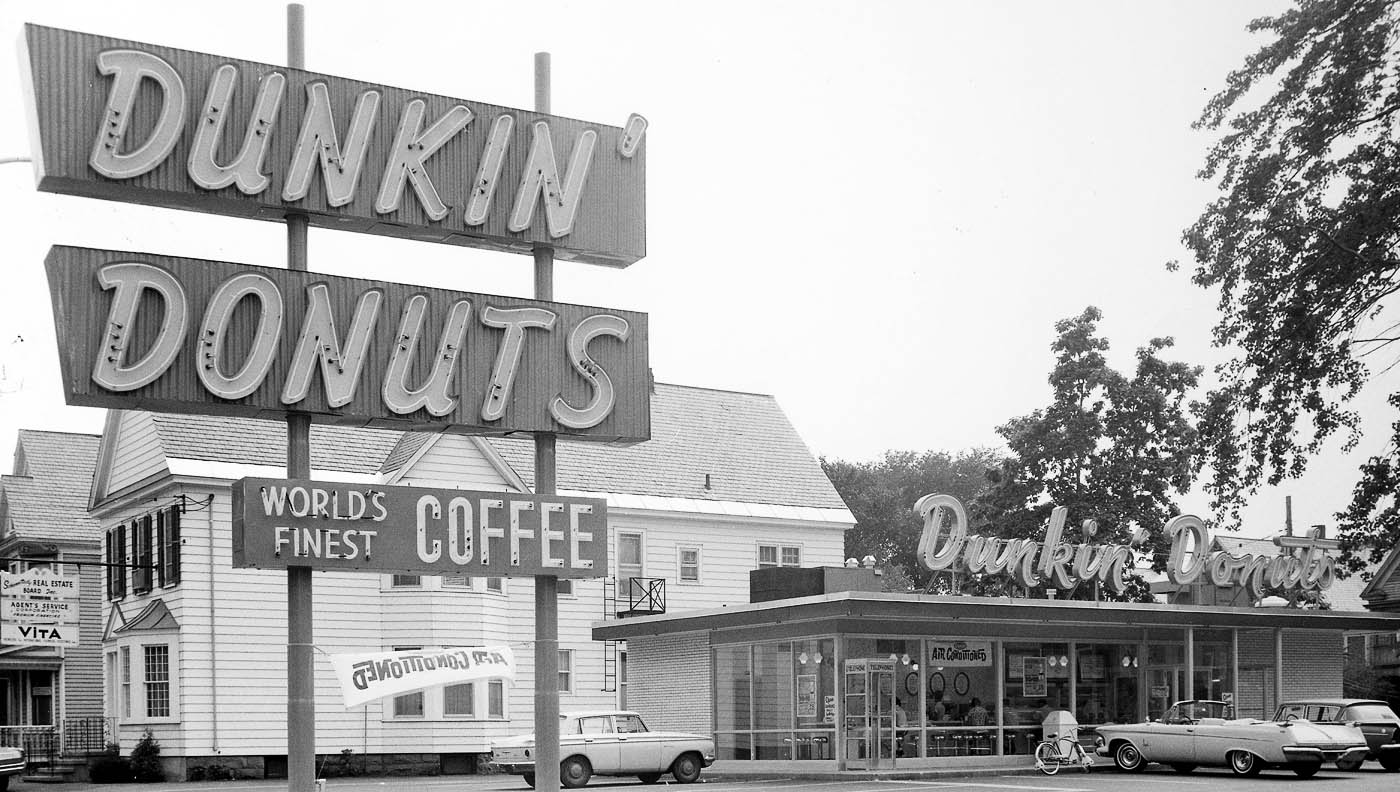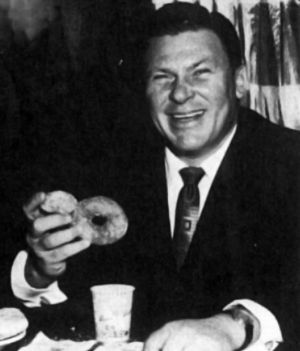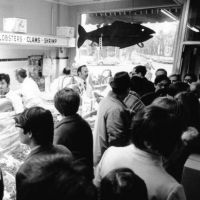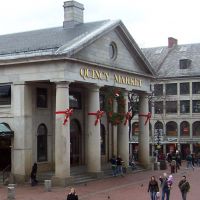Primary Source
DUNKIN' FAITHFUL OFFER TIP
OF THE CUP TO THE FOUNDER'S PASSING
The drive-throughs were not draped in memorial bunting, the jelly doughnuts weren't emblazoned with dark chocolate bands. And when customers ordered their coffee black this weekend, it probably wasn't out of respect.
Dunkin' Donuts founder William Rosenberg, the man who helped wake up countless New Englanders who never knew his name, died Friday of cancer at 86 at his Mashpee home.
To those who study business, Rosenberg was an icon — an eighth-grade dropout who built one of the most successful fast-food businesses on the planet. To police and firefighters working the dreaded double shift, he was a godsend at the dreariest hours. To dieters, he was the devil: temptation never tasted as good as one of his honey-dipped crullers.
"There's just no substitute for Dunkin' Donuts," said Scott Saylor, 36, while visiting the original Dunkin' Donuts on the Southern Artery in Quincy yesterday. "I'm here three or four times a day. I've helped make Mr. Rosenberg a very wealthy man. I didn't know he had died - I'll take a moment of silence today before I take my first sip."
Boston Globe, September 23, 2002.








